How to deal with aphids on cherries without harming the crop
Aphids on cherries are a harmful parasite that pierces the skin of plants with a thin proboscis and feeds on their sap. In nature, there are more than 5,000 species of aphids, but cherries are most often attacked by black ones, which are gluttonous and carry dangerous diseases.
Sweet cherries affected by aphids stagnate and appear depressed. Blisters on the leaves and hollow roots (galls) may be seen. Excess nutrients and protein obtained by aphids from plant sap are excreted in the form of "honeydew" or "honeydew". Honeydew, in turn, attracts ants, which protect the aphids and even transfer them to other trees, promoting rapid population growth.
Both ants and aphids should be fought at the first manifestations of negative symptoms. We offer you to find out what and how to do it better, which means are really effective and which are not.
Protection of cherries from ants
As strange as it may sound, protecting the planting from ants is the first step in the fight against the aphid population.
You can protect cherries from ants with adhesive tape - the so-called trapping belts, smeared with pesticides, oil or petroleum jelly. Tape is wrapped around tree trunks to a height of at least 0.5 meters from the surface of the earth in order to stop insects tending to their tops.
You can also quickly get rid of ants by digging up the nests and moving them as far away from the garden as possible. However, this does not guarantee that insects will not soon rebuild their home.
Another effective way to get rid of ants is to treat anthills and their surrounding territory with special insecticides. For example, drugs "Anteater" or "Ant", which contain the substance diazinon, paralyzing the nervous system of insects and leading to their early death.
Chemical preparations for aphids on cherries
The most effective method to quickly get rid of aphids on cherries is to treat the tree with special chemicals.
Among insecticides designed to combat aphids, two large groups can be distinguished:
- systemic drugs based on neonicotinoids;
- pyrethroid drugs.
Systemic drugs based on neonicotinoids became famous in Russia about 15 years ago. They are absorbed by plants, circulate in them for a long time, cause the rapid death of existing pest colonies and prevent the appearance of new ones for another three to four weeks.
The list of "classic" neonicotinoids and improved drugs with additional excipients that affect the general physicochemical properties of the drug is extremely wide on the modern market. For example, it can be preparations "Imidor", "Monsoon" and "Kalash" packed in 5-10 liter canisters or preparations "Zubr", "Corado" and "Confidelin" packed in ampoules of 1-5 ml.
Pyrethroid drugs are derived from naturally occurring substances called pyrethrins, which are found in small doses in some plants. They have a wider spectrum of action, are not afraid of exposure to ultraviolet rays and are considered less toxic to beneficial insects, animals and humans. Of the most popular drugs of this kind, it is possible to note the Alfashans, AltAlf, Akkord, Neofral and Tsunami agents produced in the form of rain-resistant emulsions, as well as Decis and Decamethrin tablets produced in tablets. Vesta, Supermetrin and Splender.
Fighting aphids with chamomile
It is believed that chamomile contains the above-mentioned substances pyrethroids, which have a detrimental effect on aphids. Therefore, it is often used to prepare folk remedies for parasites.
In fact, not many people know that these substances are found in large quantities only in Dalmatian chamomile (maiden feverfew). Pharmacy, undersized, odorous chamomile and its other species are completely useless for protecting plants from aphids, and treatment with solutions based on them does not give any effect, but only leads to the loss of precious time and aggravates the problem.
Fighting aphids with cola
If the cherry is in the ripening phase and there is a danger of spoiling the harvest, you can use sparing measures of struggle with folk remedies. For example, treat cherries with Coca-Cola.
The sweet drink contains a large amount of sugars and acids, which form a thin viscous film on the surface of the tree. The use of cola to control aphids is related to the way these insects breathe. The spiracles of the aphids are on its belly, not far from the legs. And while the aphid crawls on the film formed by sweet water, its spiracles are clogged. Blocked spiracles prevent the pest from receiving oxygen, leading to early death.
Such a film does not harm the plant itself. However, negative consequences in the form of the development of a sooty fungus can occur if it remains on the plant for too long. If after processing there is no rain for a long time, it is better to wash the tree with water from a hose yourself.
Fighting aphids with ammonia
To combat aphids, you can use a solution of ammonia, which is suitable for all garden and vegetable crops before the beginning of the growing season.
Processing alone is not enough. Plants are sprayed with a solution of ammonia at least three times with intervals of 10-12 days. This is done very carefully, in dry, calm weather, in the early morning or evening after sunset.
The proportions of the preparation of the solution depend on the type of preparation:
- When using ten percent ammonia, it is necessary to dilute 2 tablespoons in 10 liters of water and spray the plants.
- When using twenty percent ammonia, only 1 tablespoon of alcohol is diluted in 10 liters of water. Otherwise, the solution will be too powerful and may burn the plant, causing it more harm than good.
In the first half of summer, a solution of ammonia will not only help protect the plant from pests, but will also become a good nitrogen fertilizer for the soil. Since mid-July, nitrogen fertilization is not needed for plants, and therefore treatment with ammonia at this time is undesirable.
In conclusion, it should be noted that the greatest harm to sweet cherry colonies of aphids is done in early and mid-spring, when the leaves on the trees are still young, tender and especially "tasty". It is at this time that it is necessary to carefully inspect the plantings and take all possible measures to prevent and destroy pests. Good harvests to you!
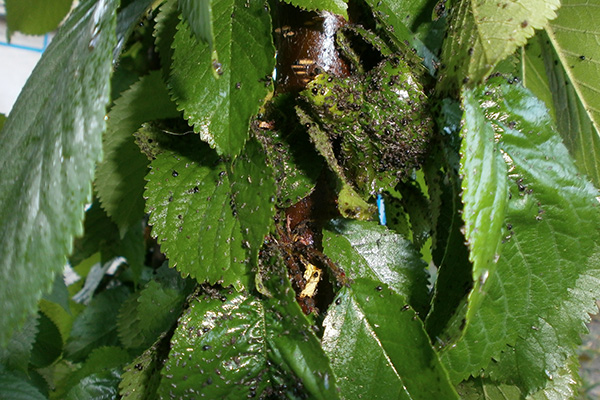
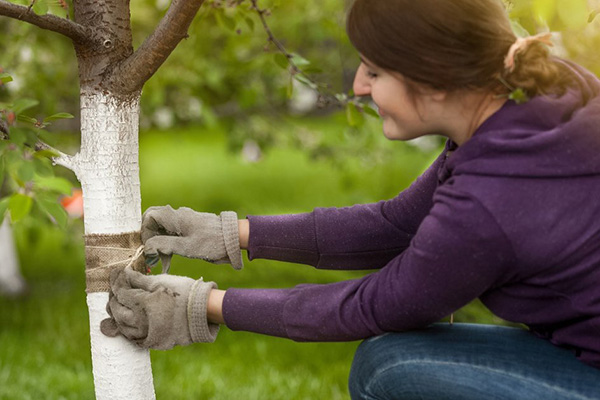
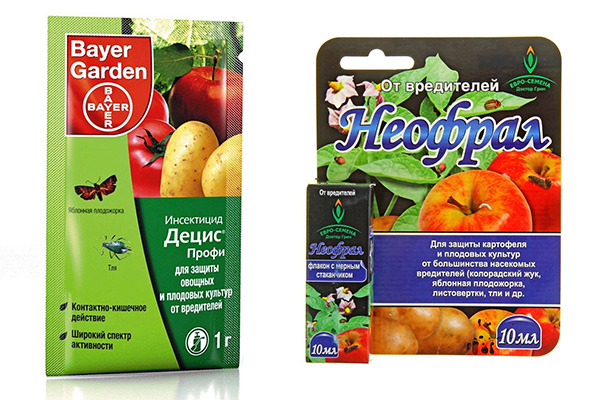
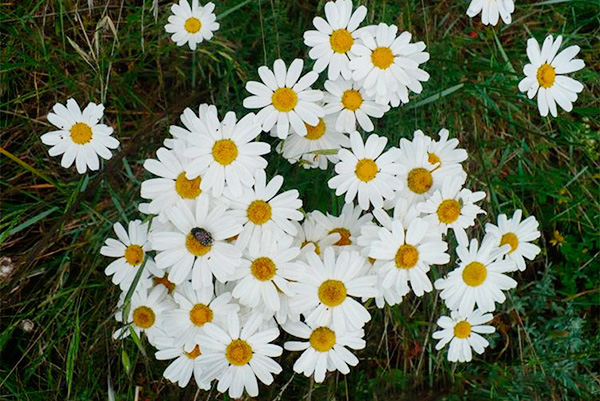
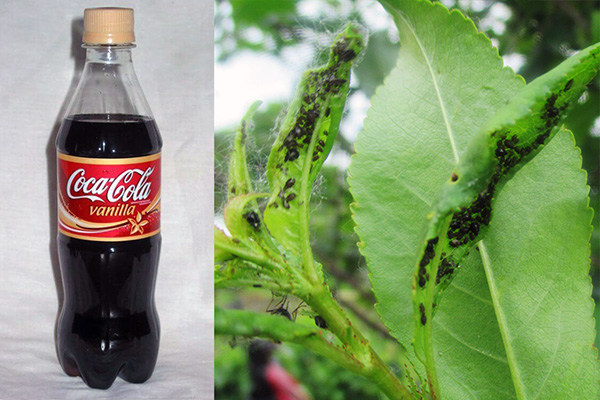
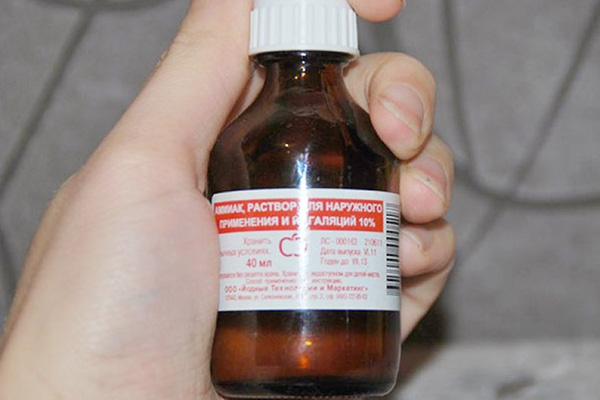

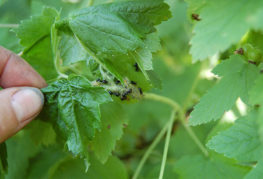
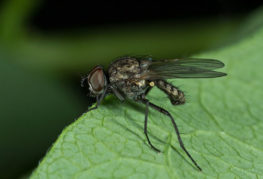

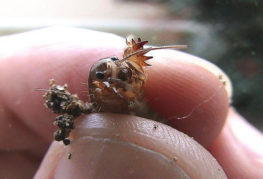
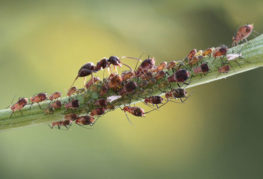
and will be published shortly.